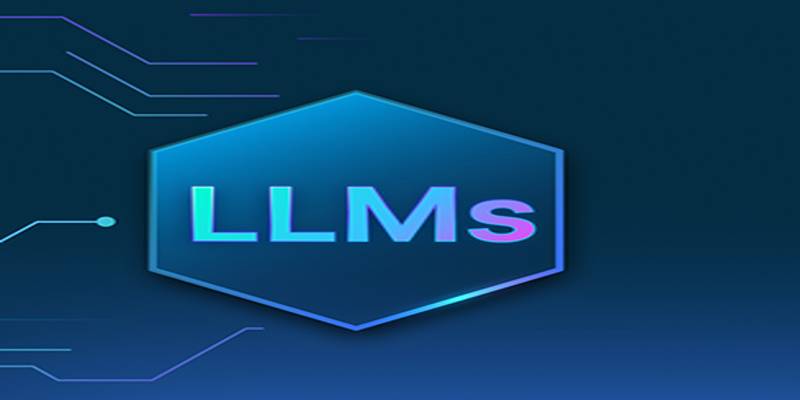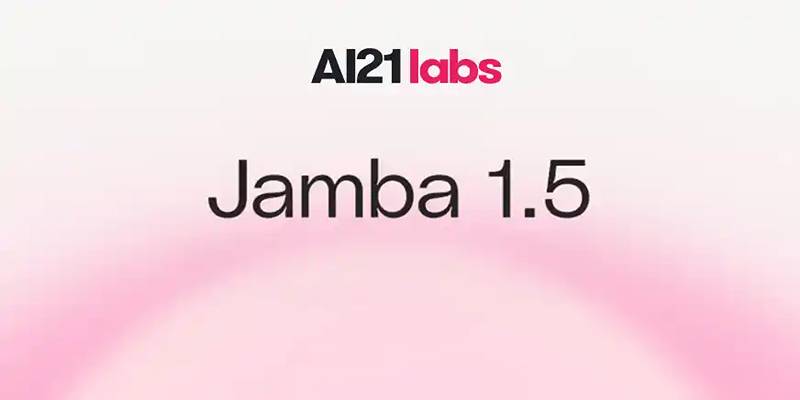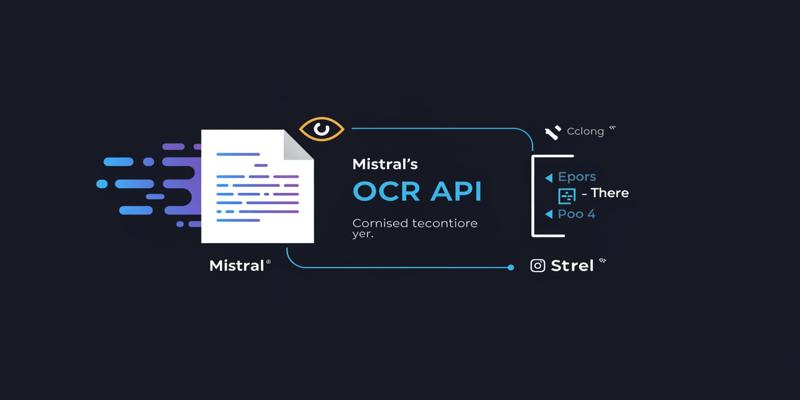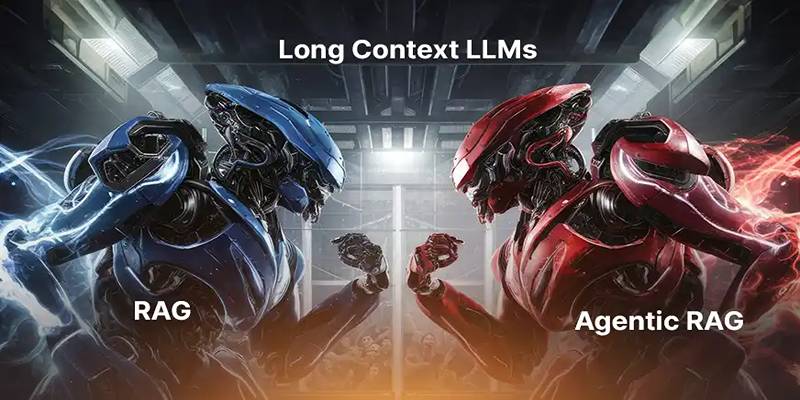Artificial Intelligence continues to evolve at an astonishing pace, enabling machines not only to understand and generate human-like language but also to perform increasingly sophisticated tasks. One of the most transformative developments in this space has been the progression from traditional large language models (LLMs) to Retrieval-Augmented Generation (RAG) and eventually to the more autonomous and intelligent Agentic RAG.
This post explores the evolutionary journey of these technologies—starting with Long Context LLMs, moving through RAG, and culminating in the advanced Agentic RAG architecture.
The Limitations of Early LLMs
Traditional LLMs like GPT-3 revolutionized natural language processing by demonstrating the ability to generate fluent, coherent, and contextually appropriate text. However, these models have notable limitations:
- They operate on static knowledge bases and cannot access real-time or external data.
- Their context window size is limited, making them unsuitable for processing lengthy documents or extended conversations.
- They lack autonomy, relying solely on input prompts without the ability to plan or make decisions.
As a result of these limits, it became clear that models were required to be able to comprehend longer contexts, absorb information from the outside world, and reason more effectively. The Long Context LLMs and RAG models came into play at this point in development.
Stage One: Long Context LLMs

Long Context LLMs are an evolution of standard LLMs, designed to expand the context window, allowing the model to process significantly longer inputs. These models are especially useful for tasks that involve:
- Summarizing or analyzing large documents
- Maintaining coherence across extended dialogues
- Navigating through information-dense prompts
While they effectively address the token limitation, Long Context LLMs still rely on pre-trained knowledge. They’re limited when it comes to incorporating external or real-time data, which is vital in dynamic or domain-specific environments.
Stage Two: Retrieval-Augmented Generation (RAG)
The next major milestone was RAG, a model architecture that integrates retrieval mechanisms with LLMs. Unlike Long Context LLMs, RAG systems can augment the generation process by querying external data sources such as vector databases or document repositories.
How RAG Works:
- Query Management: The system processes the user query to optimize search performance.
- Information Retrieval: It searches external knowledge bases for relevant documents using algorithms like dense retrieval or hybrid search.
- Response Generation: The retrieved information is passed to the LLM, which uses it to generate a more accurate and contextually enriched response.
RAG dramatically enhances an LLM’s ability to generate accurate answers, especially for queries requiring updated, specific, or domain-aware knowledge. However, RAG still behaves like a passive responder—it retrieves and generates but does not plan or act autonomously.
Stage Three: The Rise of Agentic RAG
While RAG addressed knowledge limitations, it didn’t introduce decision-making or strategic planning. That gap was filled by Agentic RAG, an advancement that adds an autonomous reasoning layer to the traditional RAG framework.
What Makes Agentic RAG Unique?
- It doesn’t just respond to queries; it evaluates them.
- It can choose the best tools, routes, or databases based on task complexity.
- It can decide whether to retrieve, generate, or use an external tool like a calculator or search API.
Agentic RAG turns the LLM into an intelligent agent capable of orchestrating tasks across multiple steps. It can conduct iterative retrievals, self-evaluate the quality of its outputs, and plan a sequence of actions based on its internal assessments. This goal-oriented behavior marks a significant leap from passive generation to active reasoning and execution.
Why Agentic RAG Matters?
The transition from Long Context LLMs to RAG and finally to Agentic RAG is more than an architectural upgrade—it’s an evolutionary milestone in AI design. Each stage introduced a key improvement: Long Context LLMs solved input limitations by extending the context window, RAG addressed knowledge limitations by retrieving external information, and Agentic RAG resolved autonomy limitations by enabling reasoning and decision-making.
What sets Agentic RAG apart is its ability to:
- Reason about queries
- Select tools or retrieval strategies dynamically
- Execute multi-step tasks independently
These capabilities elevate Agentic RAG into a new category of Agentic AI Systems—models that are not only informative but also interactive and adaptive. They’re essential for real-world applications where AI must respond intelligently to complex, changing conditions. As industries increasingly move toward AI-powered automation, Agentic RAG stands at the forefront, bridging the gap between static language processing and intelligent, actionable output.
Architectural Comparison: Long Context LLMs vs. RAG vs. Agentic RAG

Let’s look at how each architecture builds upon the previous generation:
Feature | Long Context LLMs | RAG | Agentic RAG |
Core Components | LLM only | LLM + Retrieval Module | LLM + Retrieval + Reasoning Agent |
External Data Access | No | Yes | Yes |
Decision-Making | No | Limited | Autonomous |
Tool Usage | None | Retrieval only | Tool usage enabled |
Use Cases | Long-form processing | Contextual Q&A | Task planning, multi-step workflows |
Long Context LLMs
These models are ideal for handling extended contexts but lack access to external sources, limiting their utility in dynamic information settings.
RAG
Best for factual accuracy and specialized knowledge tasks, RAG enhances LLMs by integrating real-time information but does not independently make decisions.
Agentic RAG
Agentic RAG, the most advanced of the three, transforms artificial intelligence from a responder into an autonomous actor that is capable of doing multi-step reasoning and task performance.
Conclusion
The evolution from Long Context LLMs to RAG and finally to Agentic RAG represents a major shift in how AI systems understand, reason, and act. While Long Context LLMs enhanced input capacity, RAG brought real-time knowledge into the mix. Agentic RAG takes this further by enabling autonomous decision-making and tool use, allowing AI to handle complex, multi-step tasks.
With the introduction of Self-Route, we now have a smart fusion that balances performance and cost. This layered advancement shows a clear trajectory toward more intelligent and adaptable AI systems. As the field progresses, Agentic RAG is poised to play a key role in shaping the next generation of autonomous AI.











